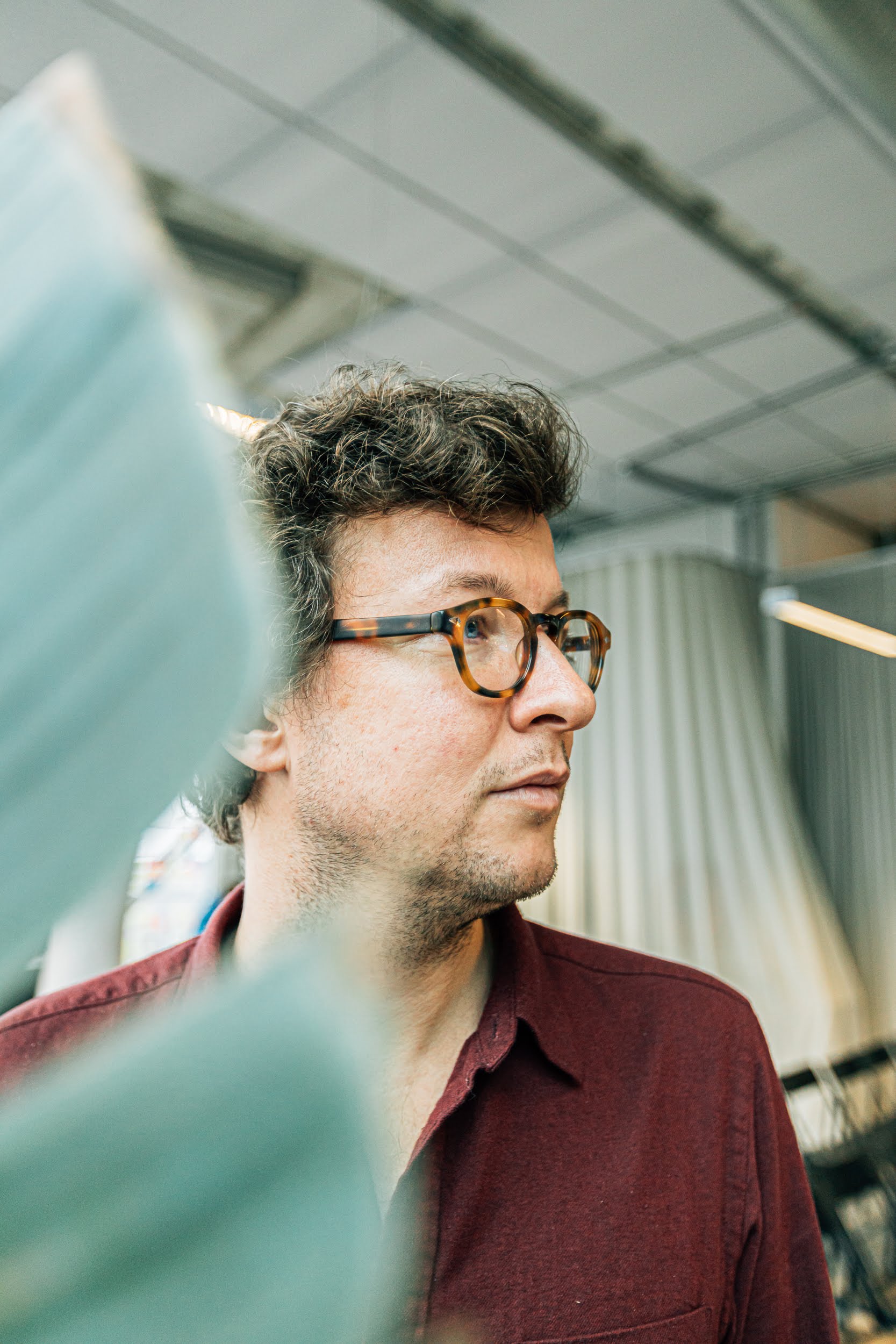Prototyping & validating a healthcare app in 4 weeks time
What do you do when asked to deliver a prototype in 4 weeks time? You get cracking. Byteflies, an authorithy in wearable health devices, called upon our services. The goal? A clickable prototype of an app that gathers and visualises data of epileptic patients. Not only a medical goldmine for nurses and neurologists. But also a breakthrough in the treatment of epileptic patients.

Creating a tool for medical staff to quickly analyse the captured data of an epileptic patient
Building a high-fidelity prototype for analysing and monitoring medical treatment of epileptics
Taking the user-first road to deliver a solid prototype and validate it with the main stakeholders
A clickable prototype that fulfills the needs of patients, nurses and neurologists
Battling epilepsy with hardware & software
For people with epilepsy, the road to the right treatment is long and challenging. Byteflies, a manufacturer of wearable health devices, aims for more effective treatment and customised care by using wearables.
In the battle against epilepsy, they developed Sensor Dots. Small devices that enable live at-home monitoring of epileptic activity in a patient’s daily life. The added value? The Sensor Dots collect much more data in the natural environment of a patient, instead of a 24-hour examination in the hospital.
These wearables collect an incredible amount of valuable data. Solid gold for neurologists. But there’s a catch. Pouring that data into a user-friendly and interpretable interface is a whole other matter. A matter that has In The Pocket written all over it.

The Challenge
First, we needed to figure out how to project a patient’s data in the most relevant and user-friendly way. Pouring it all into a concise dashboard overview, the medical staff would be able to analyse more efficiently and draw more personalised conclusions.
Naturally, that meant finding an answer to the question: what do doctors and nurses want to see on that dashboard? And how can they find the needles in this big haystack of data as efficiently as possible? Once we resolved this issue, we could think about the appropriate interface of the application. So that both nurses and neurologists could instinctively put the app into practice. Oh, and did we mention we had only four weeks to deliver?
The Solution
Working closely together with the team at Byteflies and building on their knowhow, research and expertise, we managed to build a clickable prototype in a matter of weeks. Thorough user research and user validation guided us to a desirable future-app for both epilepsy patients and neurologists.
.avif)
Patient's perspective
On the patient’s side, the prototype gives clear instructions on how to correctly apply and connect the Sensor Dots. The Sensor Dots now streams the live-data into the application, where the brain-, heart- and muscle-activity is captured. If the patient has an epileptic fit, he can add notes for the nurse or neurologist into the app to provide them with more contextual information.
Healthcare professionals' perspective
The nurses and neurologist use the prototype for monitoring and analysing a patient’s personal data. On the home-screen, they select a specific patient to access his recorded data. In the blink of an eye, medical staff can see the automatically-highlighted peaks or anomalies in the graphs. Nurses can add their findings to the according seizures, providing the neurologist with complementary information. To get even more precise results, the neurologist also has the option to filter the data with some more complex medical parameters.
In essence, the prototype allows neurologists to get a more complete image of the patient’s specific condition. Relying on this set of data, they can adjust a patient’s treatment accordingly.

The Approach
Building a prototype out of the blue is never a good idea. Before working towards a solution, you need to define the prior needs and requirements. After the first few meetings with the team of Byteflies, it became crystal clear that we needed to talk with the app’s stakeholders to find out their pains and gains. By conducting interviews with several professors, neurologists and nurses we managed to define the most important prerequisites of our app’s prototype.
Shaping our findings into a shared vision with Byteflies, we started building a prototype. With the stakeholder’s insights as our building blocks, we created a first tangible prototype in Framework X with a laser focus on user experience. If there’s one golden rule in product development, it’s that the user is always right. To validate our first prototype, we revisited our stakeholders and had them try out the application.
If something works from the first time, it means it hasn’t been tested enough. The user feedback after another round of testing taught us valuable lessons. The doctors and nurses immediately pointed out some flaws in logical pathways, features and interface. We took their insights at heart and the team immediately began twitching the first version into a solid high-fidelity clickable prototype of the app.
The Outcome
Thanks to efficient planning and team effort, we managed to uncover the true needs of all stakeholders, build a clickable, high-fidelity prototype of the app and had it tested and validated by all main users in just 4 weeks time.
The prototype serves as a solid foundation for development of the actual application. A milestone in the battle against epilepsy as Byteflies’ future application, together with the wearables, makes personalised treatment more effective. All based on data-driven decisions.

.jpg)
.jpg)